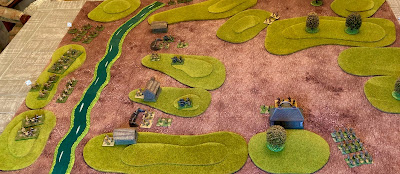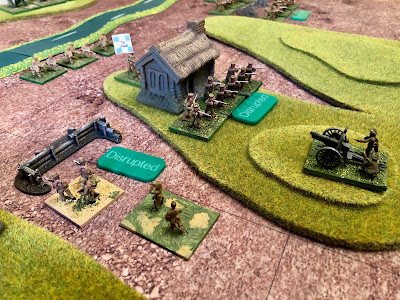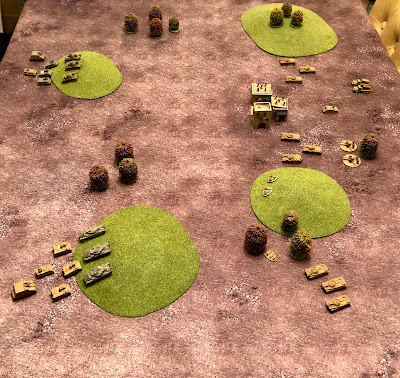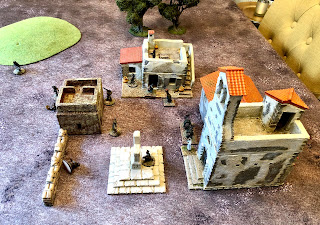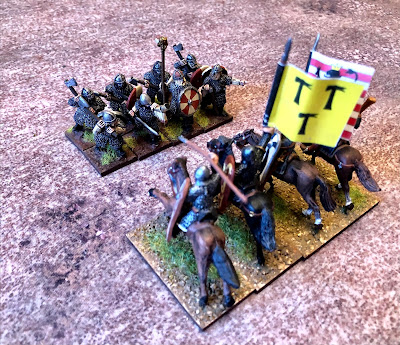The war in Syria may have been largely missing from our TV screens, but the conflict's misery is very real for Syrians. In this book, John McHugo looks at Syria's history with a focus from the 20th century to the present-day conflict.
Shaam (or Greater Syria, as it used to be called) is divided between modern-day Syria, Lebanon, Israel, Palestine and Jordan, and includes part of southern Turkey. It literally means 'the land to the left' and points out that modern borders are artificial constructs drawn largely on a map in the 20th century.
After the Ottomans were defeated in 1918, the main colonial interest came from France who sought to spread their values through its self-appointed mission civilisatrice or 'civilising mission'. They engaged in the typical divide and rule policies of the colonial powers, promoting the varied ethnic and religious groups. Syria has a particularly diverse makeup. In 1914, 20% of the population was Christian, although they fought amongst themselves as much as their neighbours of the Muslim or Jewish faith. Similarly, the Muslim peoples were divided into the great schism between the Shias and Sunnis and the Alawis, Druze and the Kurds.
The French struggled to find the resources to police Syria and frequently resorted to repression when quashing revolts. The Maydan revolt in 1926 involved what may well have been the most intensive and systematic aerial bombardments against a civilian population that had taken place up to that time anywhere in the world, as their planes returned to bomb villages daily. Large numbers of colonial troops were often brought in from Algeria, Senegal and Madagascar and a significant role was also played by badly disciplined militias.
After WW2, the newly independent state of Syria and its offshoot in Lebanon got drawn into the Cold War. Syria and the West had different views of what constituted a threat to security. For America and Britain, security in the Middle East involved keeping the area free of Communism and Soviet influence. For Arabs, it was primarily about liberating themselves from foreign domination, defending themselves against Israel and restoring the Palestinians' rights.
In time the Ba’thist party elite took the place of the notables and, later still, neglected the poor who had now become dependent on them. They also found themselves forced to rely on quasi-tribal solidarity. That was the story of the Assads and the Alawi community. For most of this period, Syria was ruled by Hafez al-Assad. While the regime was corrupt and repressive, it also modernised Syria with education, piped water and reduced infant mortality.
He was followed by his son, Bashar al-Assad, who initially appeared to support democratic reforms but quickly resorted to his father's repressive ways. This led to the current civil war, in which Syria is once again the plaything of foreign interests (see Tom Cooper's book on the Russian military role). Regional actors have lined up behind sectarian ideologies, caring little for the suffering on the ground. Solutions often resort to the old Western disease of drawing pretty lines on maps and then expecting Greater Syria's peoples to step neatly into the zones marked with the particular colour chosen for them. Things do not work like that in practice. It was ultimately only possible to establish a predominantly Jewish state in Palestine by widespread population displacement, and the same would be required in Syria.
This book is a good overview of the recent history of Syria and the surrounding region. It isn't a cheerful read, but it helps us understand the context of the current conflict.
It also inspired me to dust down my Arab-Israeli armies in 10mm. Using Cold War Commander for a 1973 scenario. The Syrian army in 1973 performed better than expected, certainly much improved on its dismal 1967 showing. However, in this game, the two Israeli battlegroups managed to blast through the flanks and capture the objective with few casualties.
